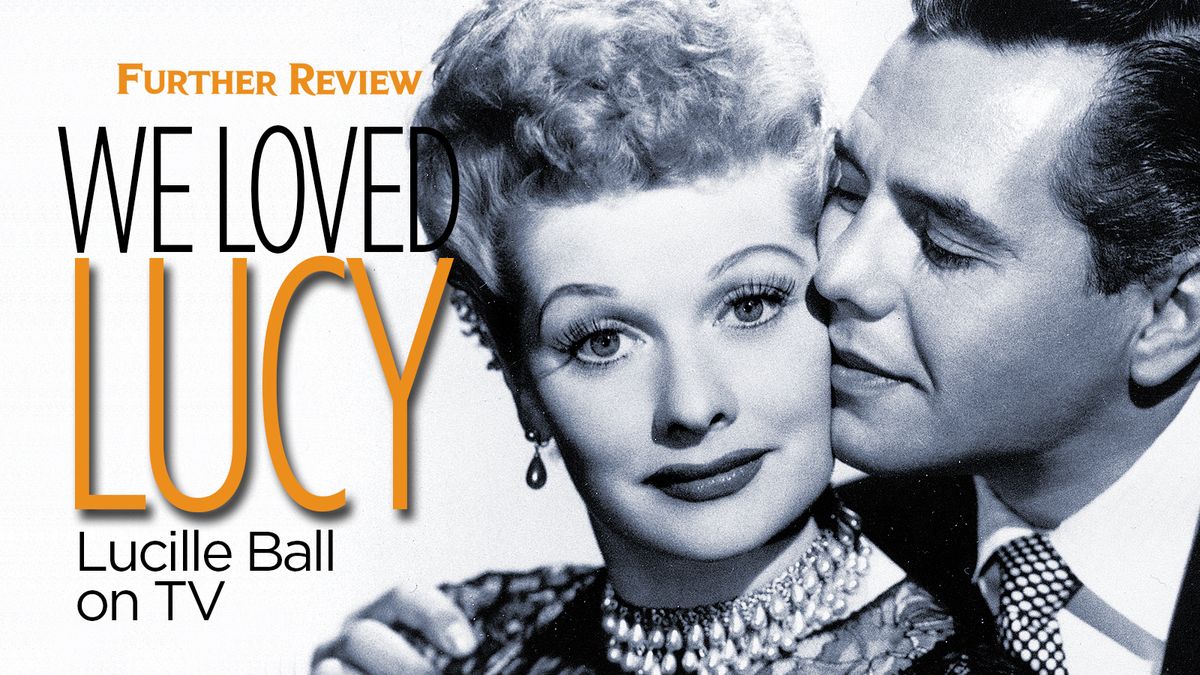
By Charles Apple
The Spokesman-Review
In 1951, comedian and actor Lucille Ball and her first husband – Cuban bandleader Desi Arnaz, shown above – created the format for today’s television situation comedies, shot on film – rather than videotape – with multiple cameras and in front of a live studio audience.
In 1960, Ball and Arnaz bought an over-the-hill movie studio and took chances on concepts other studios turned away, resulting in such classic TV fare as “Mission Impossible” and “Star Trek.”
LUCY’S CAREER IN TELEVISION
I Love Lucy
(1951-1957)
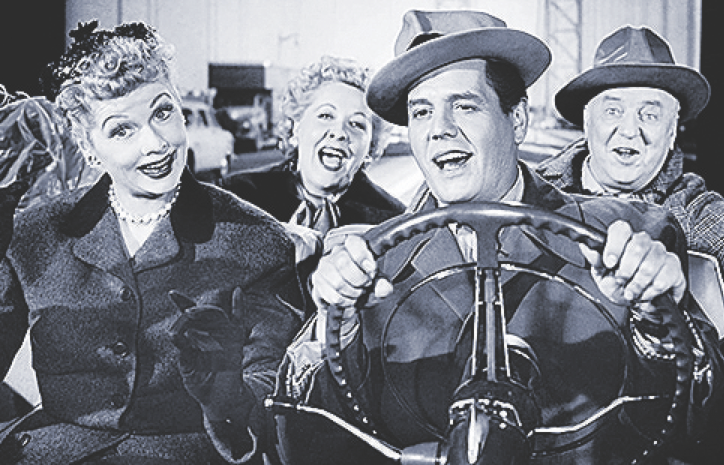
Lucy’s character: The wife of a Cuban bandleader who, with help from her wacky neighbors, is constantly looking for a way to crash her husband’s show.
Wacky co-stars: Fred and Ethel – played by William Frawley and Vivian Vance, respectively – and, of course, Lucy’s real-life husband, Desi Arnaz.
For four of its six seasons, “I Love Lucy” was the most-watched program on American TV and was still at the top of the ratings when Lucy and Desi walked away from it. The show won five Emmy Awards.
The Lucy-Desi Comedy Hour
(1957-1960)
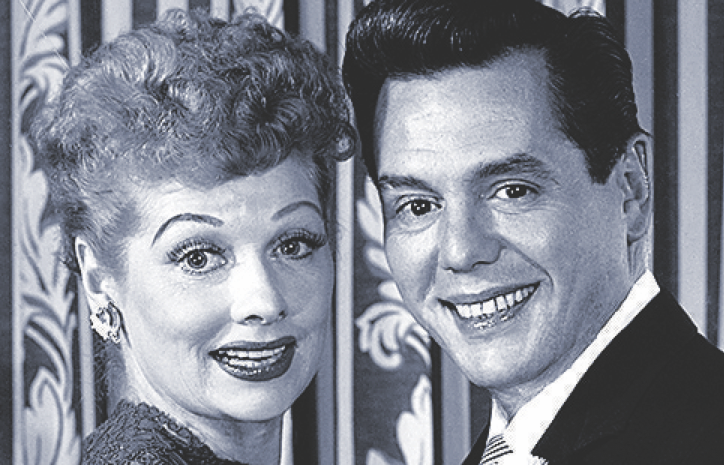
After six seasons of grueling work producing a weekly 30-minute-long sitcom – and with Desi developing long-term health issues – Lucy and Desi cut back to 60-minute episodes that would be broadcast on an irregular schedule. The “I Love Lucy” characters would continue, but more emphasis would be placed on guest stars. Only 13 of these episodes were made over 2½ years.
At one point, a spinoff series featuring Fred and Ethel was pitched, but Vance declined to take part. Frawley was reportedly so upset he rarely spoke to Vance again.
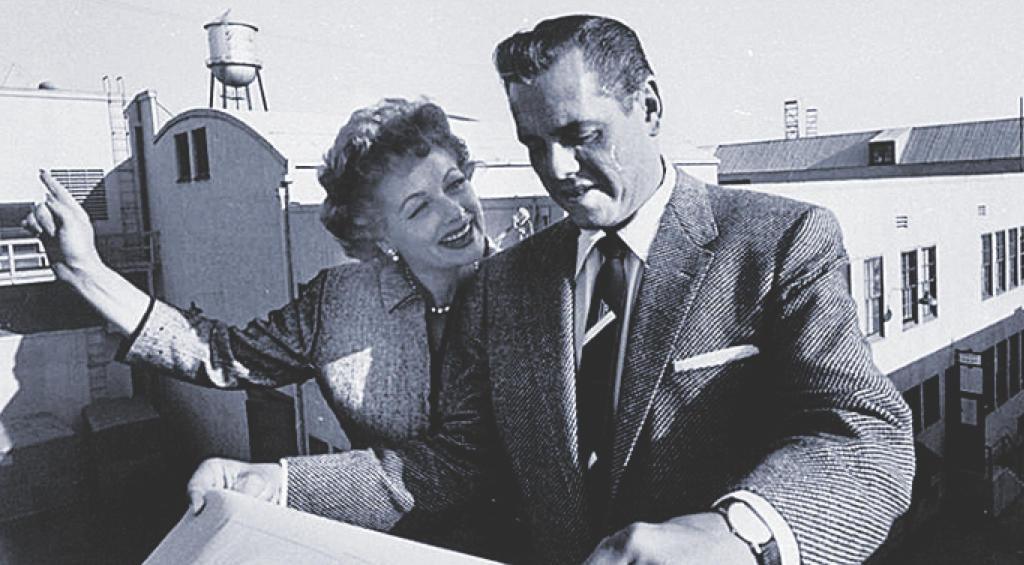
Through some extraordinarily smart managerial moves – including thinking ahead to rerun values of “I Love Lucy” – Desi and Lucy were rich enough by 1960 to buy the famous old RKO Pictures studios for $6 million.
Desi and Lucy divorced later that year and Lucy took over management of the company and the studio, greenlighting development of “Mission: Impossible” and “Star Trek” in 1966 and then “Mannix” in 1967.
Lucy would sell the studio to Gulf+Western in 1967 for $17 million. The studio is now the TV production arm of Paramount Pictures.
The Lucy Show
(1962-1968)
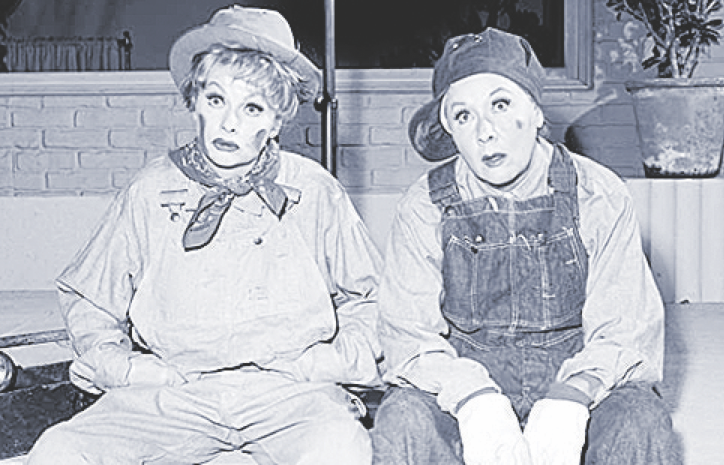
Lucy’s character: Lucy Carmichael, a widowed mother of two teenagers, lives off a healthy trust fund. She’s constantly scheming to find a way to raid the fund.
Wacky co-stars: Vivian Vance returned as Lucy’s best friend and lasted four seasons before departing. Taking over in Season 2 as the short-fused bank manager Mr. Mooney was Gale Gordon.
Even without Desi, Lucy succeeded in the growing world of U.S. sitcoms. She would win back-to-back Emmy Awards the final two years of the show.
Here’s Lucy
(1968-1974)
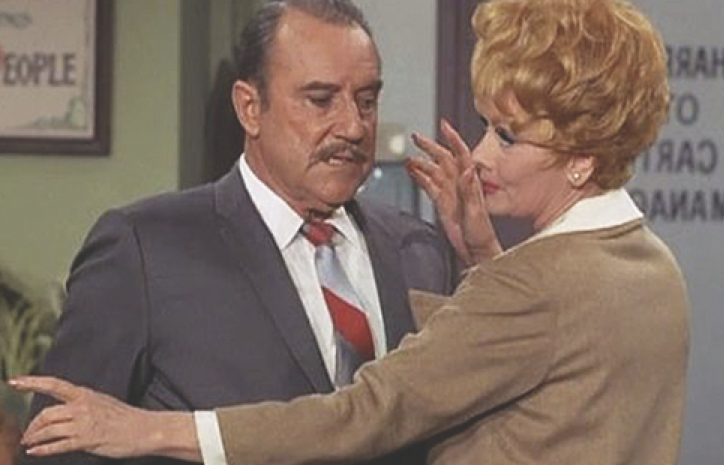
Lucy’s character: Lucy Carter is a widowed mother of two children in their late teens and works for her brother-in-law at an offbeat employment agency.
Wacky co-stars: Gordon returned as Harry Carter, the short-fused owner of the agency. Playing the kids this time were Lucy’s real-life children, Lucie Arnaz and Desi Arnaz Jr.
The plan here was to work in generation-gap storylines and culture change issues, along with the huge number of guest star appearances. Lucy broke her leg in 1973, which curtailed her ability to do her signature slapstick comedy.
Life With Lucy
(1986)
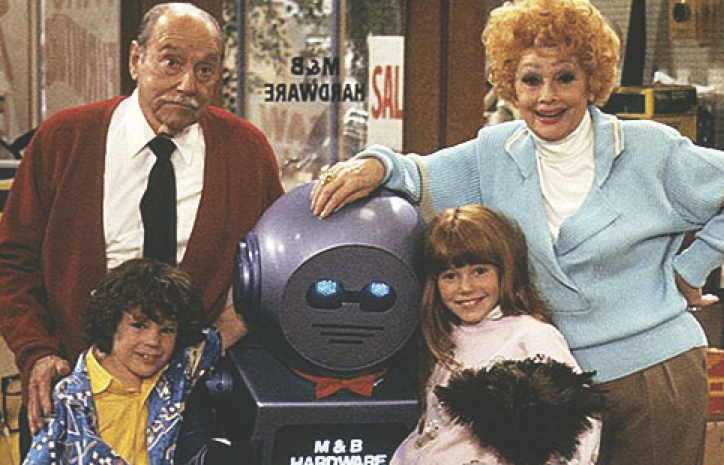
Lucy’s character: Widowed grandmother Lucy Barker inherits her husband’s half-ownership of a Pasadena hardware store.
Wacky co-stars: Gordon returned once again as the short-fused co-owner of the store who resents Lucy’s inevitable attempts to “improve” the place.
This was the only Lucille Ball sitcom not to air on CBS – ABC paid for a full season of 22 episodes but ratings were so dismal the network pulled the plug after only 13 had been filmed and only eight had been broadcast. Lucy was reportedly devastated by the show’s failure.
